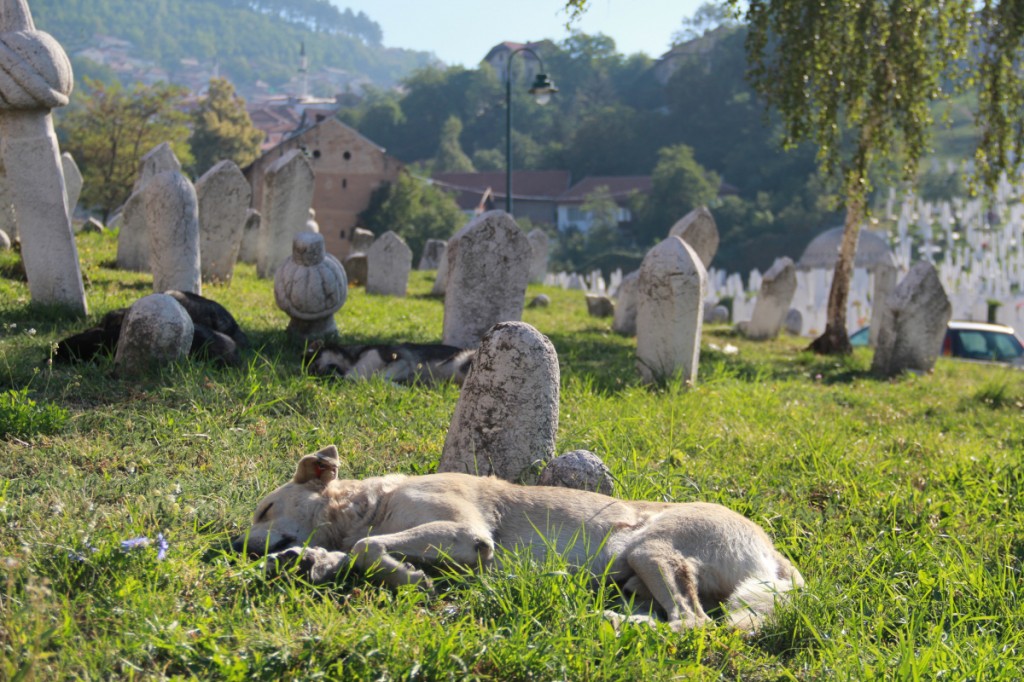 Bosnia and Herzegovina. Had you asked me a year ago if I would ever visit this country that I had memories of seeing on TV as ravaged by war, I probably would have said, “no.” When Rand suggested that we fly to Sarajevo after our two weeks in Turkey I had to do some research to find out current state of safety so that I wouldn’t ignorantly shut down the idea of exploring it, and thankfully I did not. Flying into Sarajevo, we landed in a small airport just outside of the capitol and the view from my window revealed rolling hills, trees and red rooftops. I already began to look forward to this trip because I’m a sucker for sparse rolling countrysides and villages. (It’s probably due to the fact that I have villager blood.)
Bosnia and Herzegovina. Had you asked me a year ago if I would ever visit this country that I had memories of seeing on TV as ravaged by war, I probably would have said, “no.” When Rand suggested that we fly to Sarajevo after our two weeks in Turkey I had to do some research to find out current state of safety so that I wouldn’t ignorantly shut down the idea of exploring it, and thankfully I did not. Flying into Sarajevo, we landed in a small airport just outside of the capitol and the view from my window revealed rolling hills, trees and red rooftops. I already began to look forward to this trip because I’m a sucker for sparse rolling countrysides and villages. (It’s probably due to the fact that I have villager blood.)
The following week that was spent exploring Bosnia and Herzegovina was one of the most enlightening portions of the entire trip and I guarantee that anyone visiting the former Yugoslav nations and makes their way to Bosnia will find that its history, architecture, landscapes and personalities to be one of the most intriguing. With the amount of things to do, see and learn in Sarajevo and Mostar I could have spent weeks taking it all in.
Although evidence of the war is spread throughout the city with scars of sniper blasts through windows and doors and genocide memorials, I want to highlight the aspects of the country that those who live there are proud of. Although the war is undoubtedly a significant part of the nation’s history, it is also important to elevate the positive aspects of the country.
Bosnia and Herzegovina is for Backpackers
Bosnia and Herzegovina is gaining popularity on the backpacker’s trail. For one, it’s a very affordable country to visit. For two people we spent about 50 dollars per day on food and other small expenses. A pint of beer cost about $2, a cup of coffee less than a dollar, and hostels range from around $8-20 per person. The affordability, ease of transportation and feeling like you are off the beaten trail as far as not being overrun by other tourists, are all aspects that are making this county becoming a backpacking hotspot.
Our time in the country was focused on Mostar and Sarajevo, but cities such as Tribinje have lots to offer as well.
There are a few important things to know about Bosnia and Herzegovina:
- For one, it is one country despite what the name of the country may lead you to believe, Bosnia represents the north and Herzegovina the south.
- In 1984, the Winter Olympics were held in Sarajevo.
- World War I was sparked by the assassination of Archduke Franz Ferdinand and Princess Sophie on the Latin Bridge in Sarajevo located in Old Town.
- Bosnia and Herzegovina played a key role in connecting the east to the west on the Silk Road and they were under Ottoman rule for three centuries.
- Not all land mines have been cleared from the 1992-1995 war and not all buildings have been repaired since the war.
- Bosnia and Herzegovina is undergoing a rebirth of sorts to uplift the morale and to have a bright future for Bosnian citizens.
Exploring Sarajevo
Shopping in Sarajevo
Sarajevo is home to one of the most beautiful malls I have ever seen, the BBI Centar, which actually includes the Al Jazeera Headquarter for the region, a night club and a mosque. The five story building was built in 2009 and has popular European stores such as Pull and Bear (the equivalent to Abercrombie and Fitch), Lush and Cilek.
When I am traveling, I really don’t like to shop for things that I can easily find back home. Instead I pick up unique trinkets, jewelry or textile items that will remind me of the places I have visited. Sarajevo has one of the best preserved Ottoman Bazaars and it is perfect for finding unique gifts and of course there are a handful of counterfeit items, like fake Louis Vuitton bags or Gucci belts so don’t be fooled into thinking they are the real deal. The buildings have been renovated to some extent, but for the most part they appear to be in their historic state. The items in the Old Bazaar are colorful and unique, but the best preserved block for shopping is the Copper Smith street where artisans make copper goods by old fashioned methods. There they create works of art, cups, plates and anything else that you could think of which you can purchase and easily take home.
Where to Eat in Sarajevo
Bosnia and Herzegovina is popular for two things as far as food goes: baked goods and meat. A common theme in the restaurants is that they did not offer salads or other types of greens. Salads are something we take for granted in the United States, at least I do, because I noticed that it was not just in Bosnia that we didn’t have much of it, but nor in Turkey, Croatia or Montenegro. We really missed having a salad. However, there was an abundance of tomatoes, cucumbers and onions as sides so I was fine with that.
One of the most popular food choices at restaurants is the Cevapi with a Jogurt. Cevapi is a meat ball-like sandwich in a pocket bread, thicker than pita. If you have ever had a Turkish kofte or beef luleh kebab, that is basically what it is, but served in bread. These come out to about $2 a sandwich and they are absolutely filling and delicious. Jogurt is a thick salty yogurt drink, not quite like kefir, but similar. In different cultures there are varieties of this drink, for example in Armenia it’s called tahn and it’s more watered down.
Best Area to Book Accommodations
As Sarajevo becomes more and more popular for traveler’s to visit, there are more Bed and Breakfasts, hostels and rooms for rent becoming available. There are several hotels to choose from, but we decided to book a hostel stay. We reserved a room at the Old Town Accommodations through Bookings.com. I highly recommend this hostel because it is clean, it is close to Old Town and the family who runs and owns it was extremely welcoming and kind. Our stay here was $14 a night per person which was a great deal. For two nights our total was $56.
Don’t Miss these Sites
We took part in a free walking tour with Anna, a local tour guide for a company on the same street as the Latin Bridge. While the tour is free, the guides work for tips and they have a plethora of information of the city to offer. I highly recommend joining a walking tour because it is one of the best ways to learn about the history of the city. Rand and I had walked around the city the whole day before the tour and we didn’t realize all the significant places that were on our trail. Anna pointed them out to us and went into the history and significance of buildings, roads, bridges and the mesh of cultures that made the city what it is.
The Latin Bridge is a historical landmark in world history. This is the bridge that the Archduke Franz Ferdinand and his pregnant wife Sophie were driving by when they were assassinated. Even though other political issues were stirring at the time, it’s widely said that this was the moment in history that sparked World War I.
The Sarajevo National Theater is a beautiful sight to see and if you have time you should buy a ticket for the ballet or a play. It’s modeled after the national theater in Vienna.
The Eternal Flame is dedicated to the victims of World War II and casualties of war. It has been burning since 1946 in memory of the lives lost. You can find this monument on Marshall Tito street. There was one instance when the flame did go out, but was immediately lit thereafter.
The Markale or marketplace is notoriously known for the massacre that took place here during the war in 1994. The book The Cellist of Sarajevo which was later turned into a film was based on this incident.
The Sacred Heart Cathedral is a neo-Gothic style cathedral that is the center of Catholicism in Sarajevo. It was built in 1889. It had suffered some damage during the siege of Sarajevo, but most notable now is the Sarajevo Rose. It’s an indention of a mortar that hit the concrete and likely killed someone. Later, red resin was filled into it and signifies the life that was lost.
If you are in search of a hike, there are a few trails you can take, but one of the more well known hikes is the hike to Bijela Tabija, a medieval fort built 1550. There are other hikes you can take along the river Miljaka, which is what we did. Along the trails there are blackberries and apple trees that you can pick from.
The next part of our trip took us to Mostar, Sarajevo which is about a 2.5 hour train ride from Sarajevo. The train, dating back to possibly the 1950’s had an old rustic WWII feel to it and riding it was an adventure. We had to be at the train station by 5:45 am to make sure that we made it on to the 6 a.m. train. The train leaves for Sarajevo only twice a day, once in the morning and once in the evening. We decided it would be better to take the morning train to take advantage of light so that we could see the beautiful countryside, which I highly recommend!
Enjoy Bosnia and Herzegovina!
Want more photos? Check out my Instagram @adriftanywhere_travelblog
If you enjoyed this post, why don’t you follow Adrift Anywhere on Facebook or subscribe to get updates on budgeting tips, travel advice and tips!


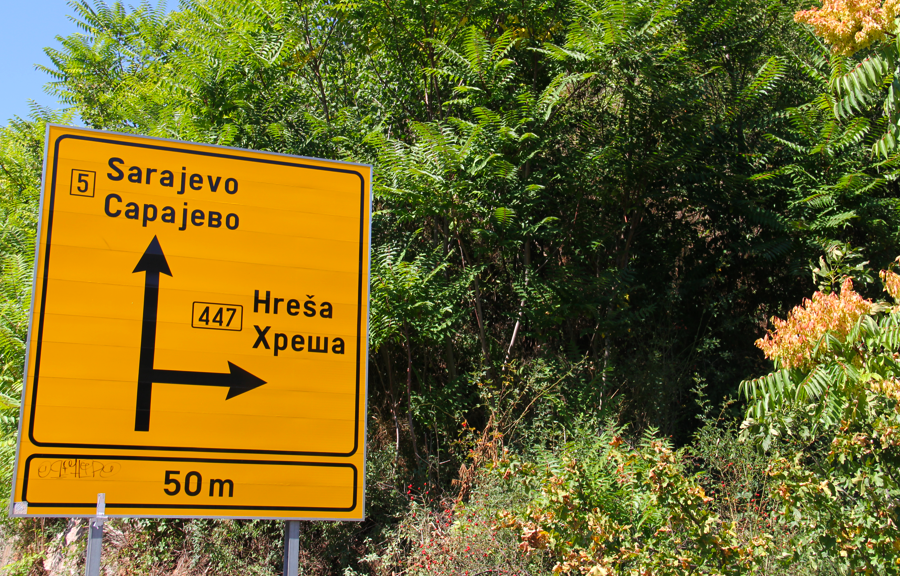
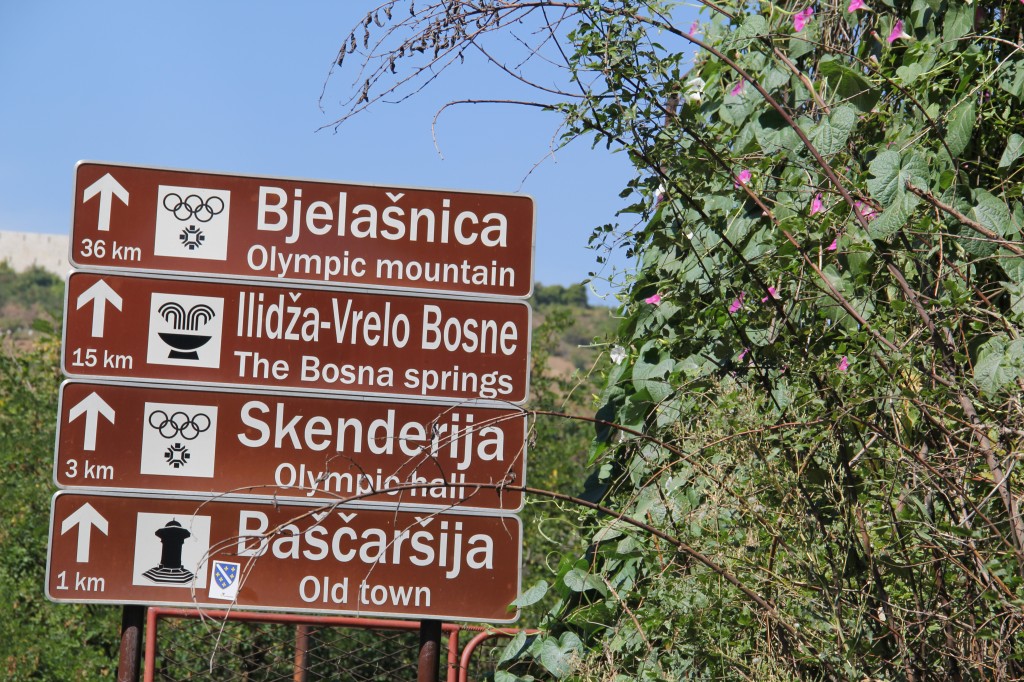
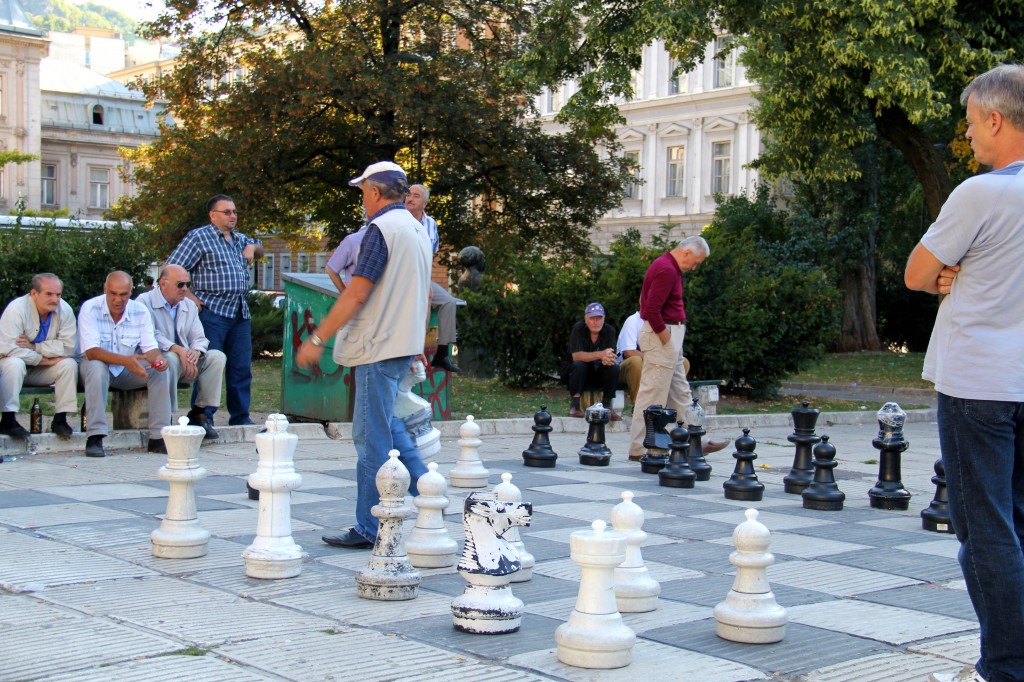
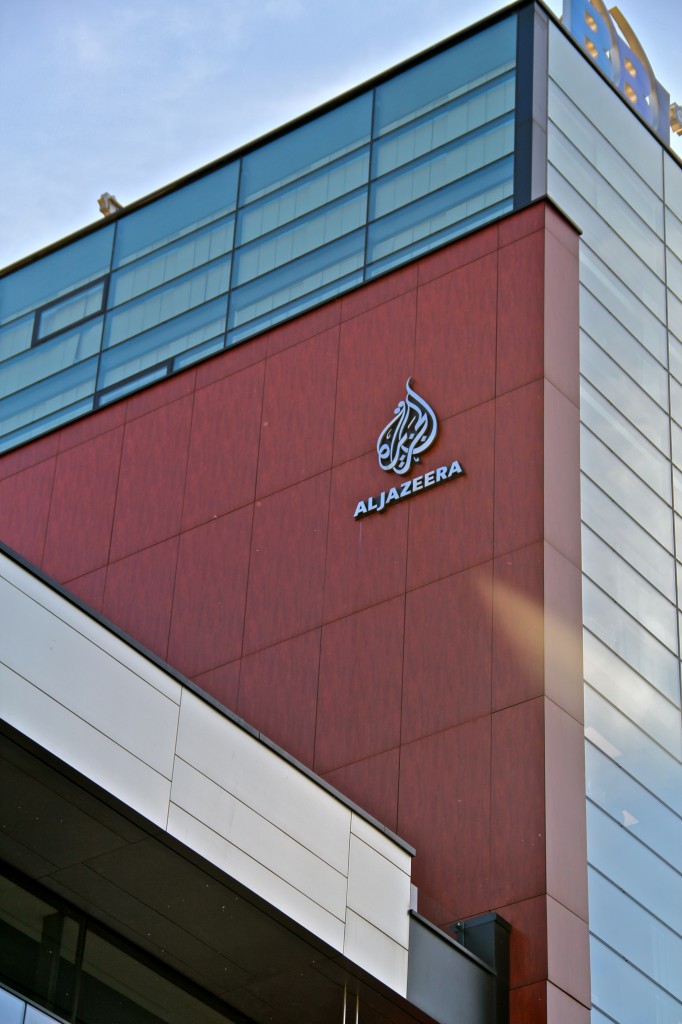
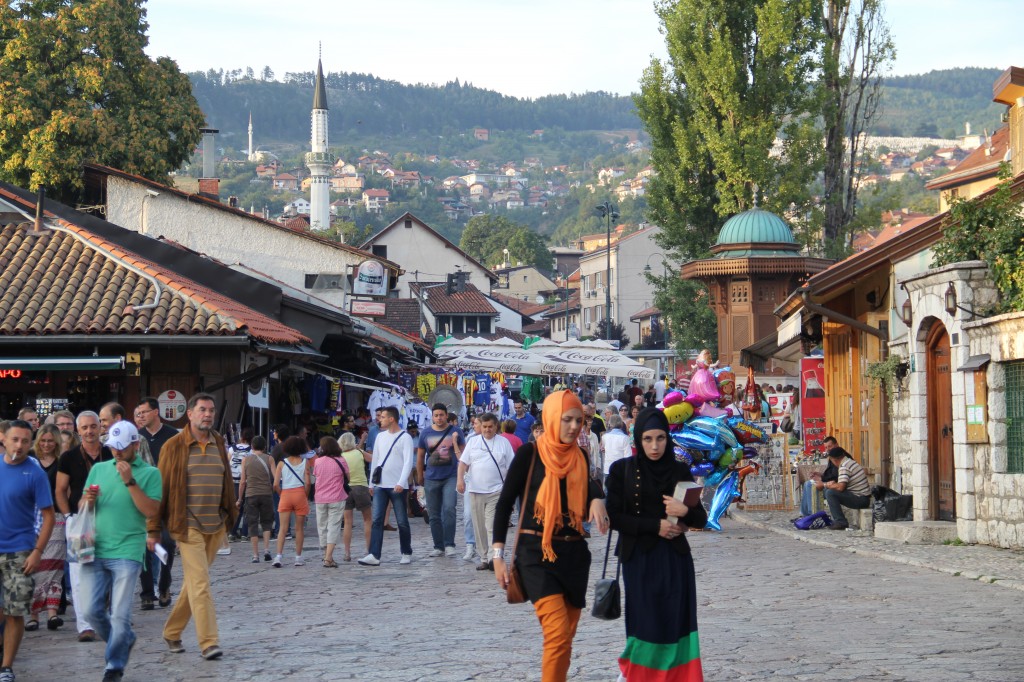
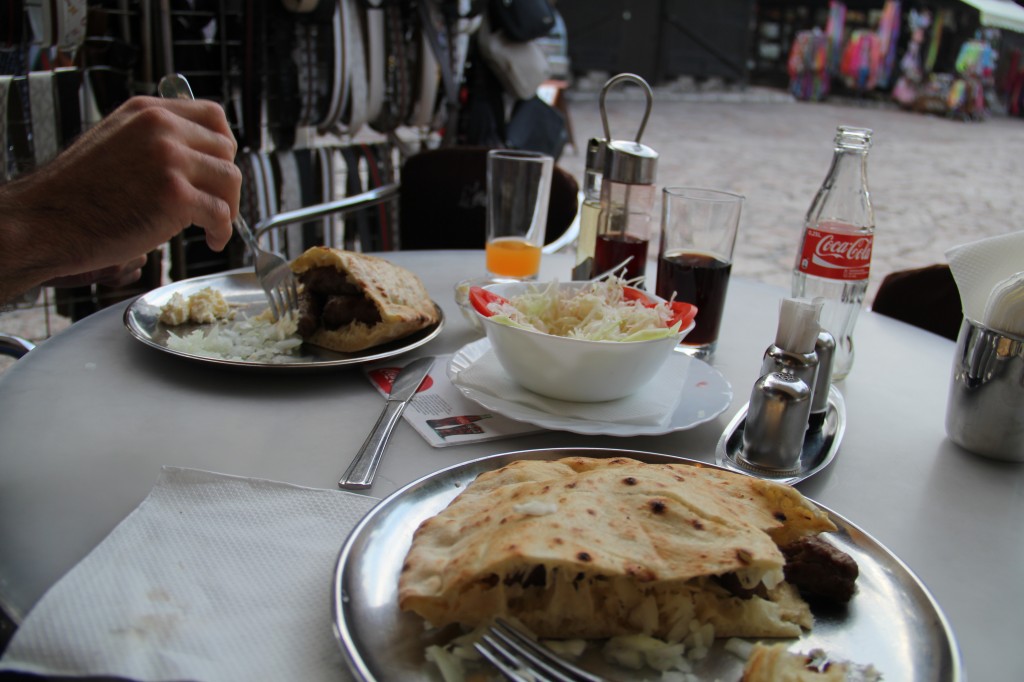
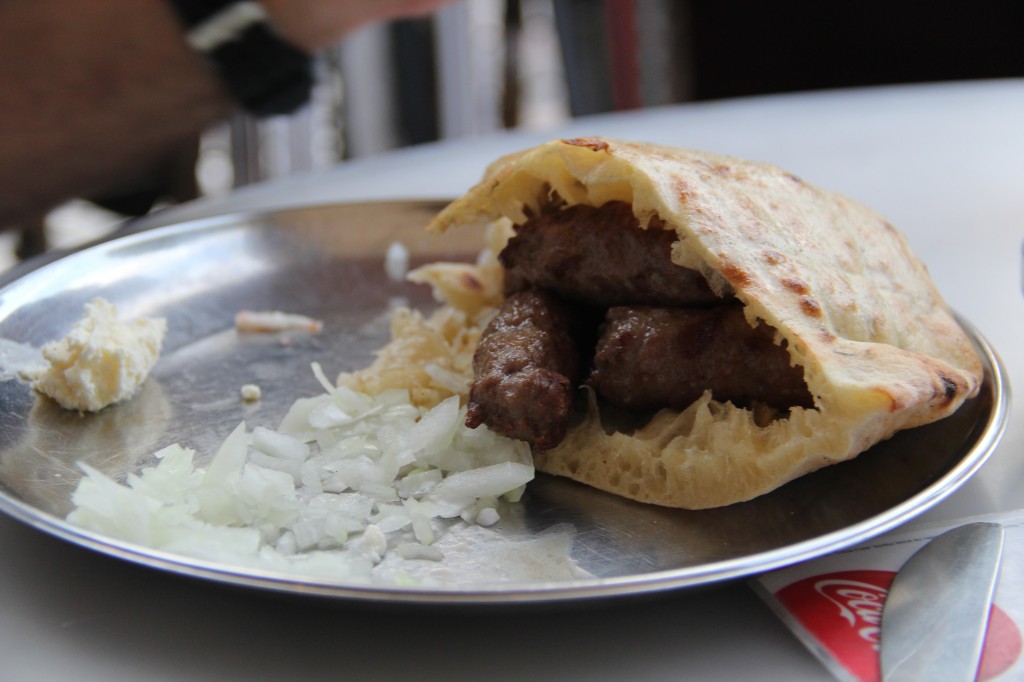
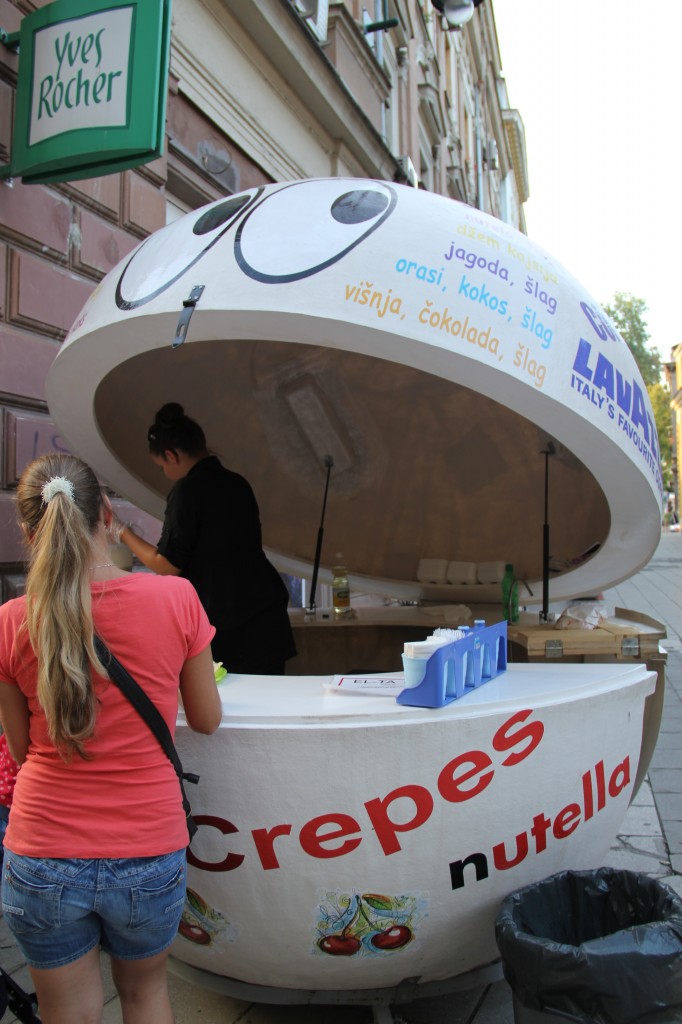
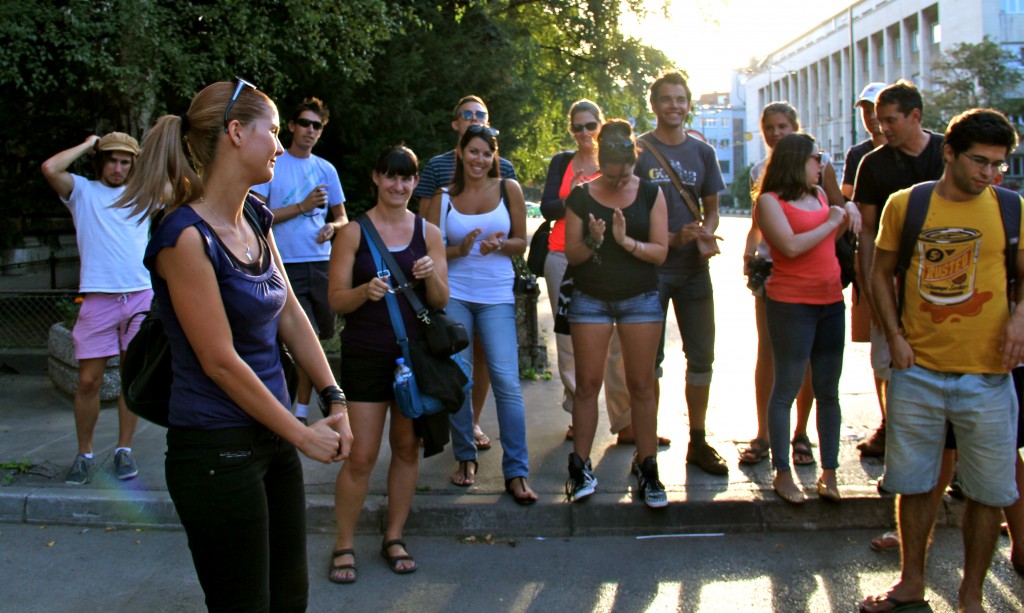
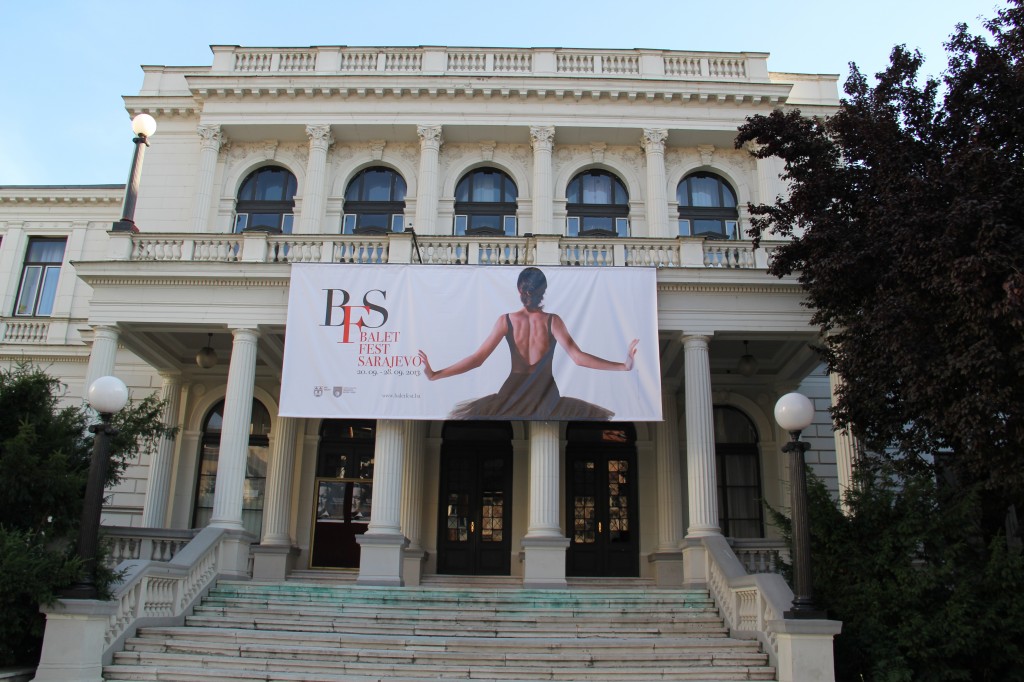
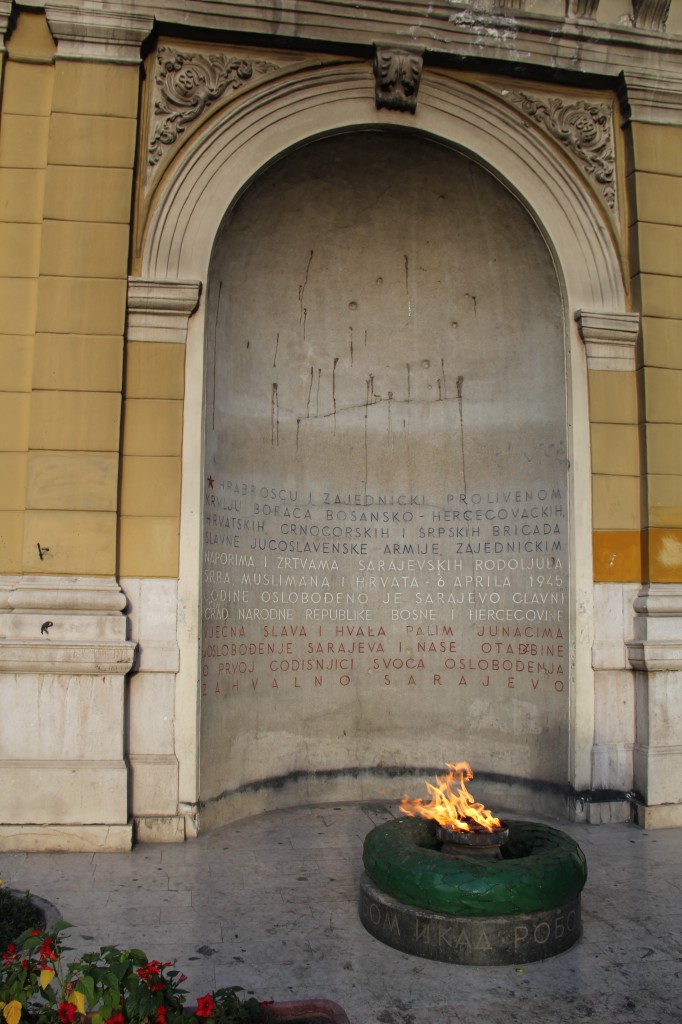
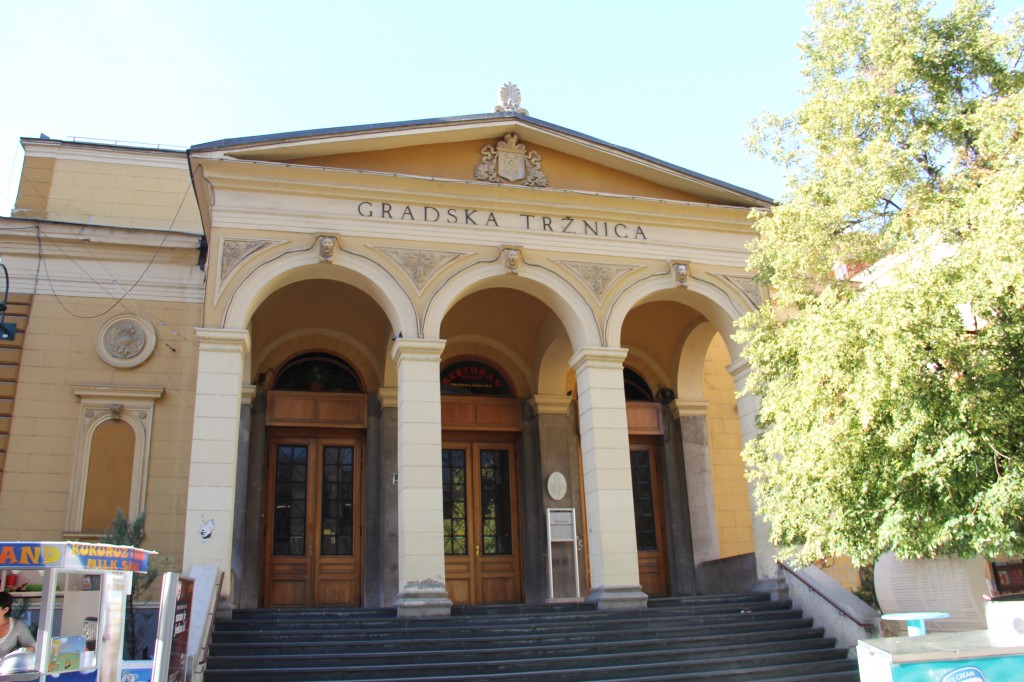
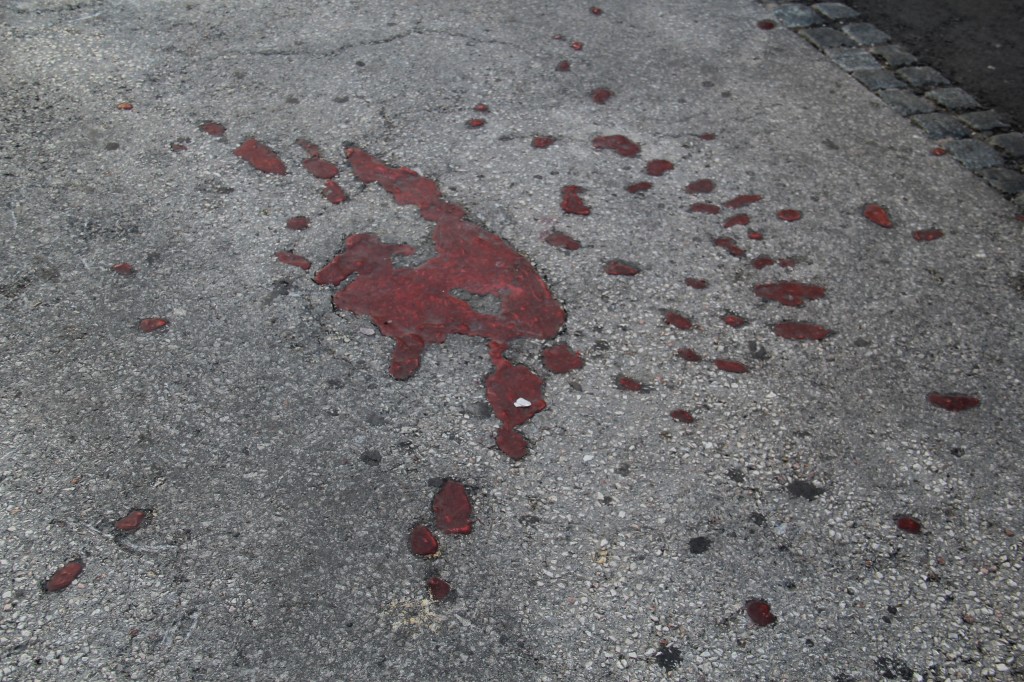
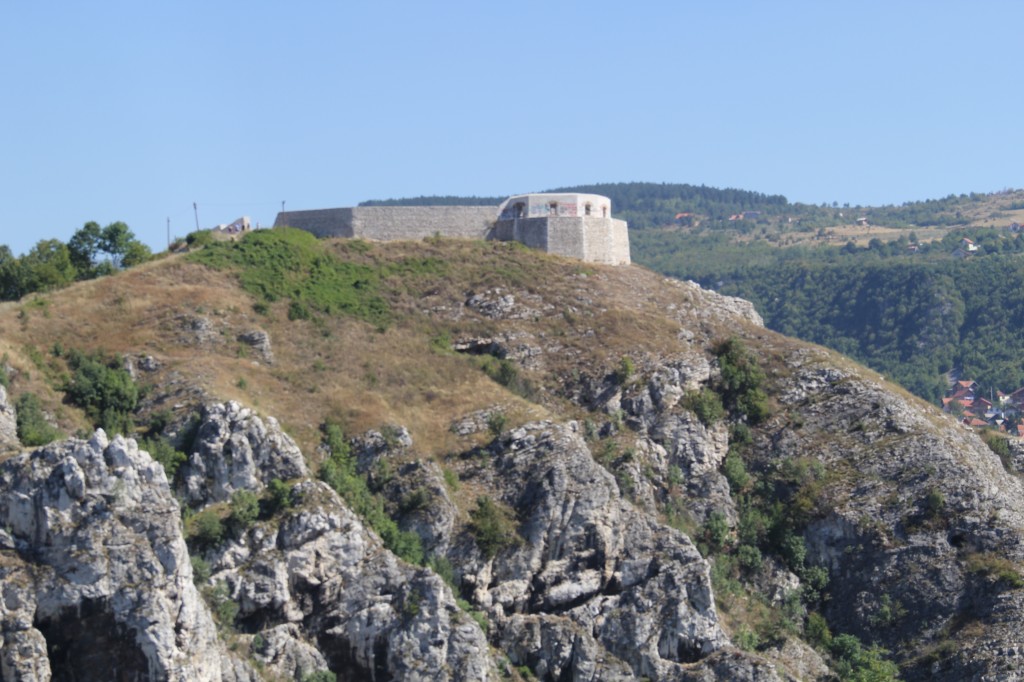
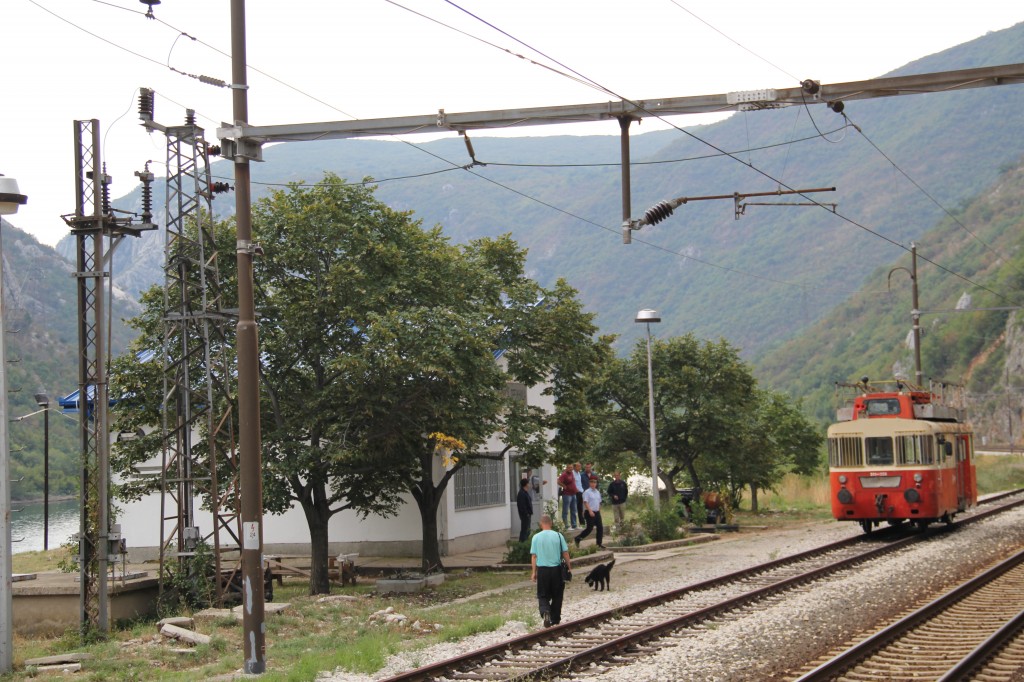
I love when i find other travellers and bloggers, loving Bosnia! Its why i started my blog in the first place, to show people its beauty.
Hi Ariana! Bosnia is so beautiful, I hope to go back sooner than later. Having a blog dedicated to Bosnia is such a great idea, I think it can open a lot of eyes for people who may not have even considered visiting Bosnia.
No salads in Turkey? what? you gotta ask for it then? , coban salatasi, bosnias would understand that word too probably, coban means shepherd in bosnian and turkish, but not sure its a sidedish there. theres tons of special salads like that,. 99% of turkish restaurants serve salads. we have a rich salad culture. every region has its own salads with even more variety and subsalads from the different regions in the regions.
peace bb
Hi Murad,
In Turkey, salads of leafy greens are not the norm in restaurants, so if that’s something you’re looking for as a traveler, you’re usually not going to get more than a coban salatasi, or carrot salad in most cases, which can get old. You get your mezzes though, so that’s a tasty alternative, but not quite the same. My family is from Turkey, so I’m very aware of the food culture 🙂 In Bosnia, restaurants almost never had salads – just literally onions on the side or a side of sliced tomatoes. As someone who eats leafy salads on a regular basis, it’s easy to miss a tasty bowl of salad while abroad for so long.